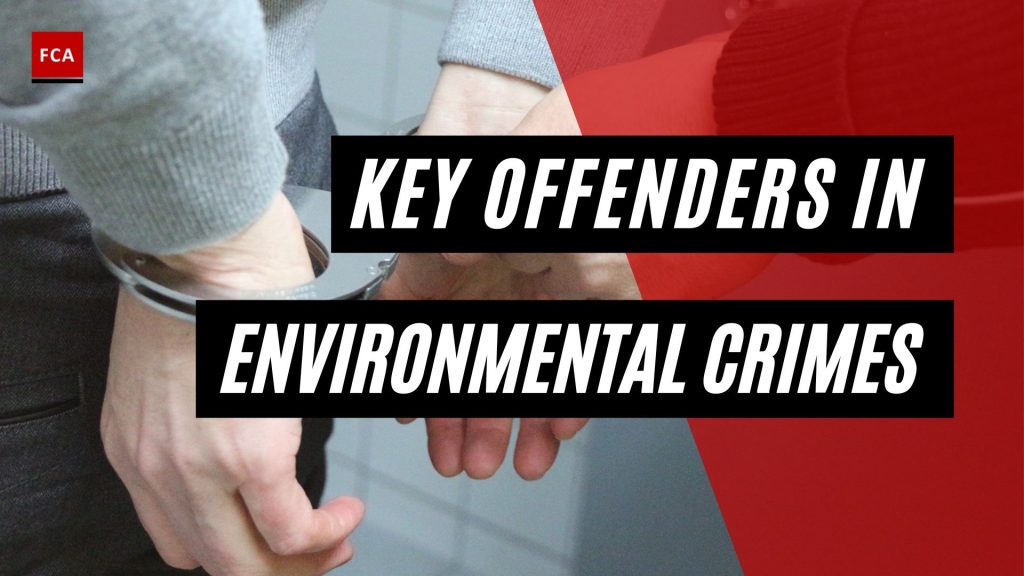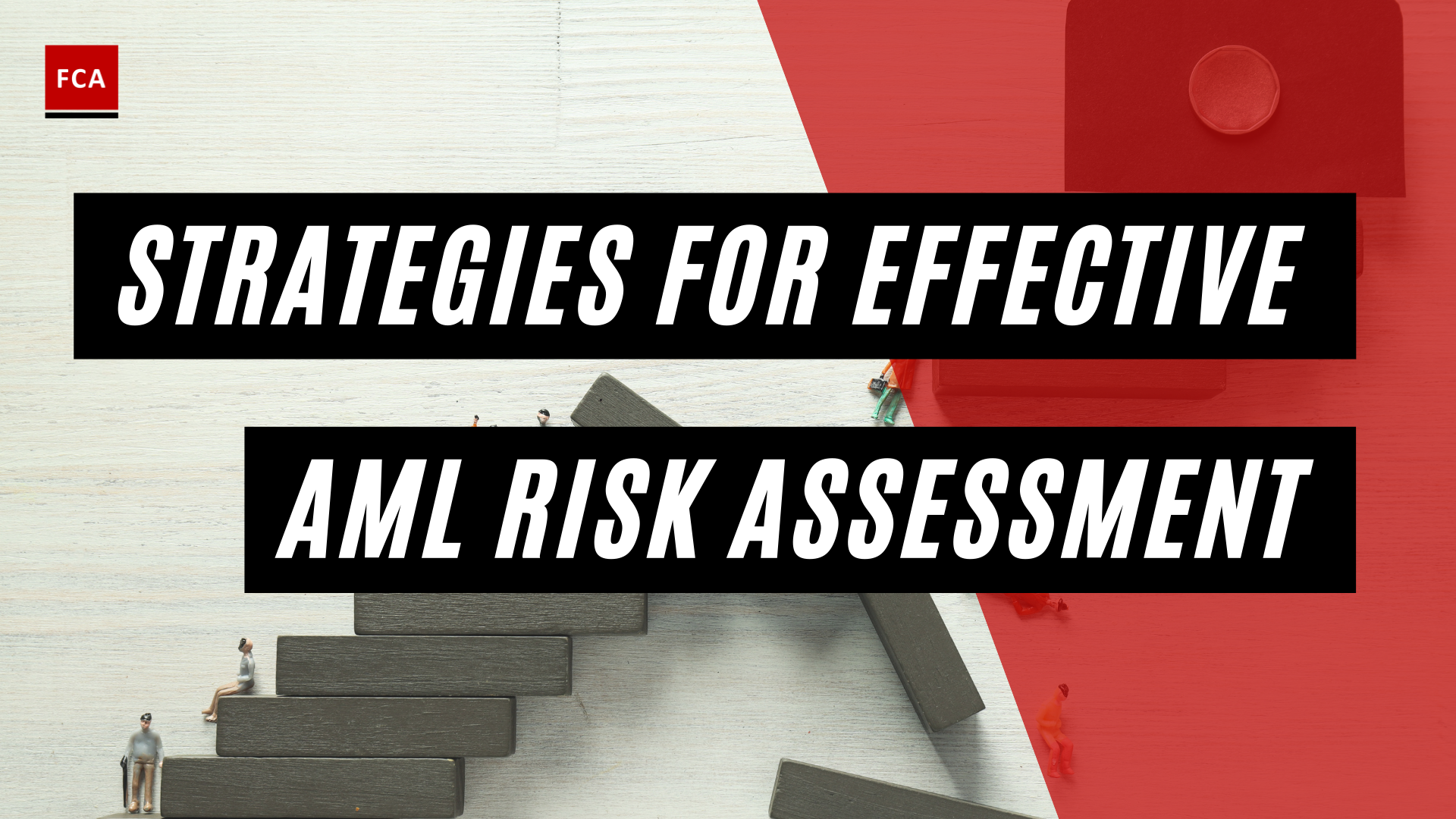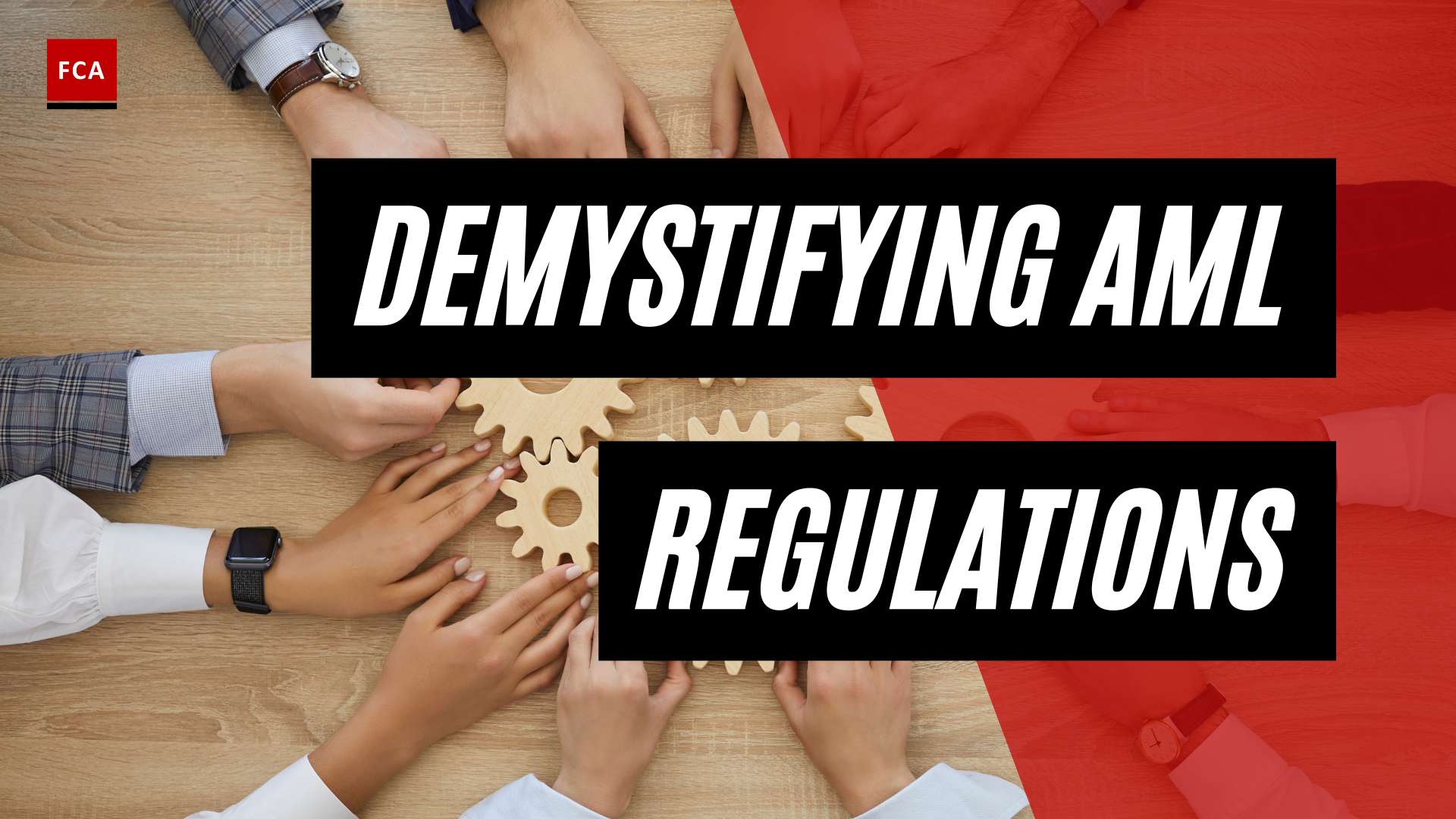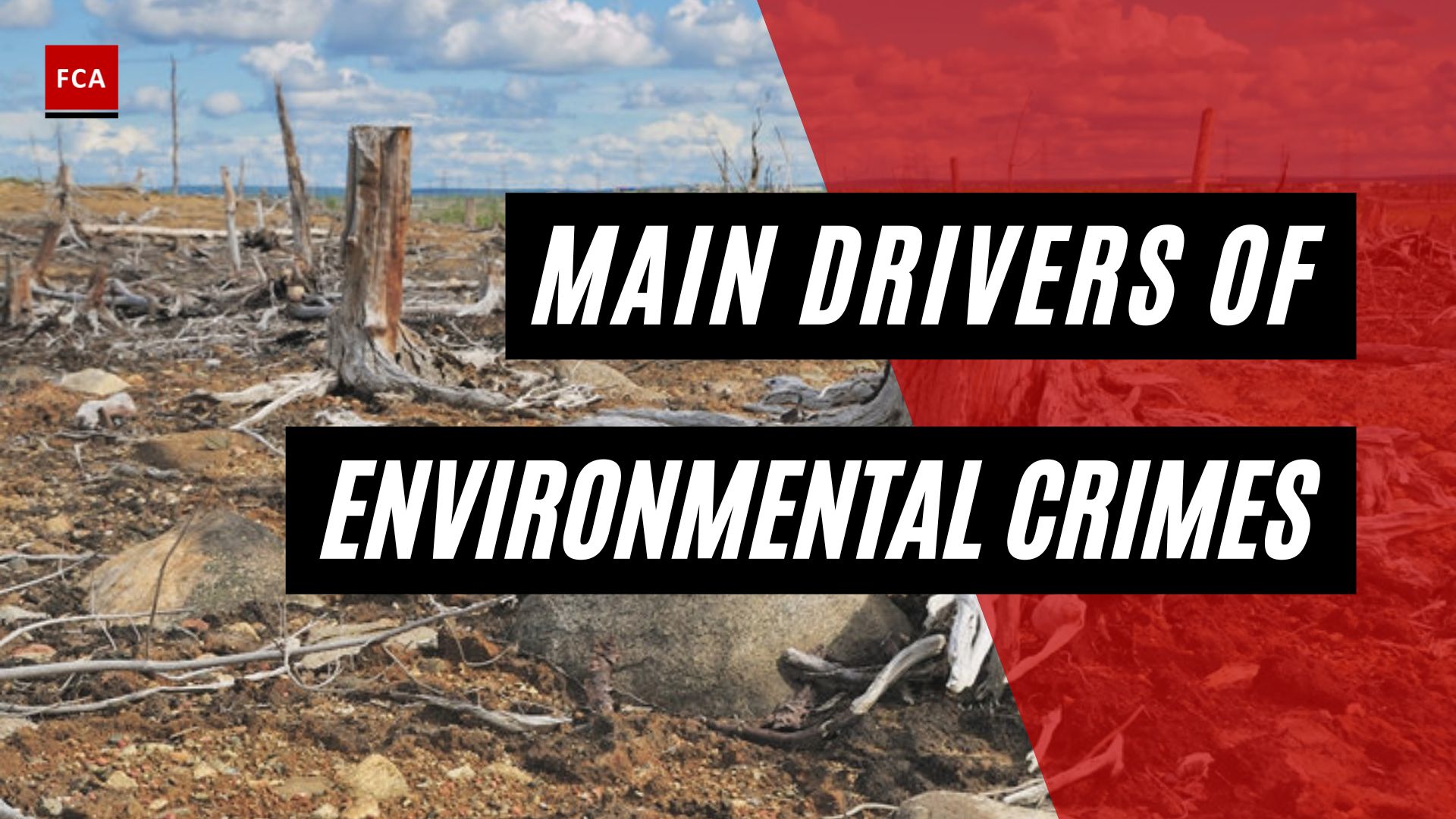Who are the key offenders in environmental crimes? Many diverse criminal behaviors fall under environmental crime, which may draw various offenders. Environmental crimes can be committed by individuals not affiliated with political, industrial, or criminal organizations. Individual offenders can commit a wide variety of minor to significant environmental offenses.
The Key Offenders in Environmental Crimes
Individuals pose as hunters, traffickers, resellers, or consumers frequently engage in wildlife trafficking. In Australia, illicit abalone poaching involves two significant categories of players: individuals and family groupings. Someone may work as trash brokers, internet dealers, or waste distribution and sale within the illicit waste industry. For instance, the Tackling Waste in Electronics and Electrical Equipment Illegal Trade project detailed the event of “waste tourists”. Also, African nationals travel to Europe on a tourist visa to gather e-waste from managing sites or recycling plants, either for free or at a low cost. They smuggle it back to Africa, where it can be sold as parts or equipment.
People perpetrate crimes against the environment as part of cultural rites or customs, such as unauthorized hunting. When no social stigma is associated with their conduct, these people frequently lack criminal histories and don’t think they are breaking the law. These crimes could be socially acceptable in some places, which makes it easier for individuals to perpetrate them.

Individual offenders may feel “compelled” to engage in environmental crimes due to their lack of resources and restricted options for employment. It is generally accepted that crimes like water theft and unlawful cultivation are necessary for survival. Some individuals are compelled to engage in environmental crimes due to land loss, rain scarcity, climate change, and starvation. For instance, in certain regions, the exploitation of illicit mines may be encouraged by merchants who use artisanal miners to hide their participation in illicit activity and avoid rehabilitating the affected area. As a result, those who benefit from illegal activity continue to enjoy impunity.
Most environmental crime is carried out by loosely structured teams of individuals with some professional expertise in the field in which they operate but is frequently surpassed by rules. Since no central authority or dictator controls the work of the profession’s members, activities are structured so that spontaneous cohesion and cooperation may be established. A single Mafia-type firm could exert greater restrictions than small competing businesses. The absence of Mr. Big might be more harmful to the ecosystem. There are complex interactions connecting producers and consumers of raw materials through a network of supplier ties and other major actors, including legitimate businesses, public officials, and consumers.
The most notorious environmental violators are corporations whose political and legal resources hide their wrongdoing from law enforcement. The Chinese brewery, Benma Beer Factory in Tainshui, Gansu Province, did not adhere to the “three at the same time” rule. Therefore, the company purposefully delayed building the wastewater treatment plant while continuing to dump industrial wastewater straight over the Grade 1 protected source water region of eastern Tianshui city for more than ten years.
The safety of the locals’ water use was gravely threatened by this violation of waste disposal by the Benma Beer facility. While corporations are frequently listed as significant environmental crime offenders, small and medium-sized firms, or SMEs, as well as sole owners, can also engage in such crimes. Individually, SMEs may violate established legal duties by intentionally violating environmental laws or doing so out of ignorance.

In certain instances, state government and public institution officials directly commit environmental crimes by omission or commission or engage in corruption, particularly when collaborating with significant enterprises. Government personnel may facilitate the unlawful dumping of dangerous or radioactive waste on lands or water, for example, or assist municipal waste treatment facilities in illegally discharging raw sewage into rivers and lakes.
Numerous authors and organizations, including the United Nations Security Council, United Nations environment program, UNICRI, CITES, UNODC, EUROPOL, and INTERPOL, have recognized the participation of organized criminal groups and networks in various environmental crimes. Loosely organized groups of people can commit an environmental crime, but there are also far more complex types of organized criminal organizations with distinct functions.
For example, illicit abalone harvesting in South Africa is highly organized and frequently supervised by organized criminal organizations that also manage narcotics trafficking. According to EUROPOL, these organizations are involved in the illicit trafficking of trash and are responsible for collecting, transit, and recovery. They get assistance from authorized professionals. Many middlemen assisting illicit waste treatment operations are integrated into legitimate trash management, and they use their positions to influence important government officials.
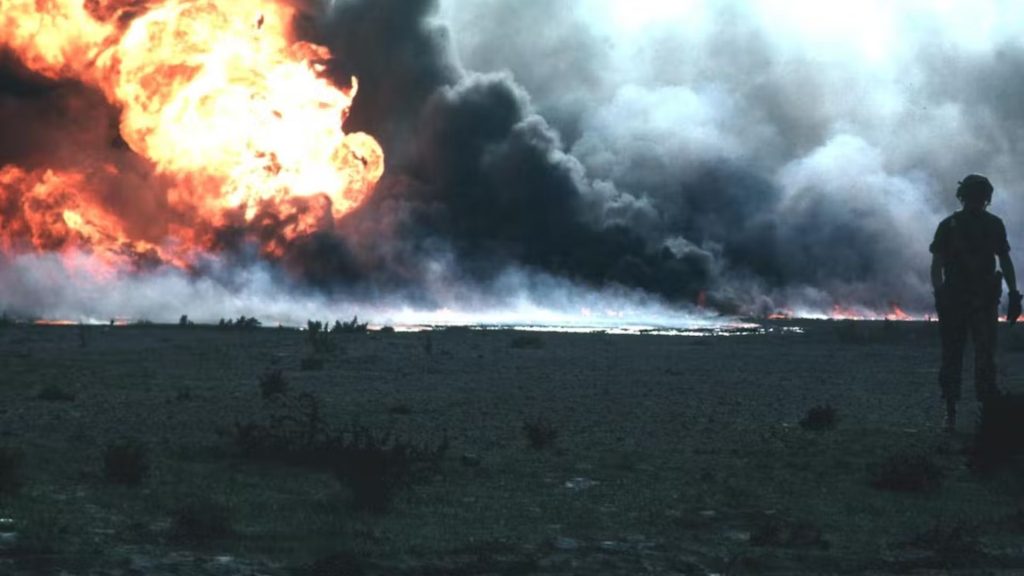
Final Thoughts
Environmental crimes can be committed by individuals not affiliated with political, industrial, or criminal organizations. Most environmental crime appears to be carried out by loosely structured teams of individuals with some level of professional expertise in the field in which they operate but is frequently surpassed by rules. The most notorious environmental violators are corporations whose political and legal resources hide their wrongdoing from law enforcement.

